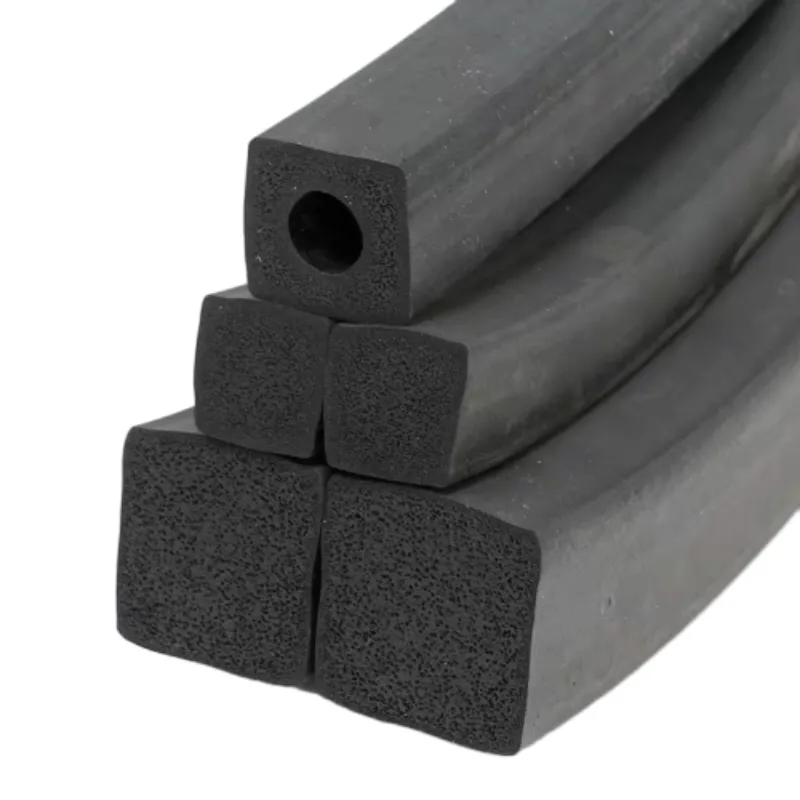Methods to Prevent Air Drafts Under Doors for Enhanced Energy Efficiency
Understanding the Concept of Stop Air Draft Under Doors
Air drafts can significantly affect energy efficiency, indoor comfort, and even the overall aesthetics of a space. One common area where air leaks occur is under doors. An uncontrolled air draft under a door not only leads to increased energy costs but also impacts the indoor environment, making it chilly in the winter and stale in the summer. Hence, understanding how to effectively stop air drafts under doors is essential for homeowners and renters alike.
The Importance of Sealing Air Drafts
Air drafts under doors can be particularly problematic. They can allow cold air to seep in during the winter months, making heating systems work harder to maintain a comfortable temperature. Similarly, during the summer, hot air can infiltrate, causing air conditioning systems to operate less efficiently. This unnecessary strain on HVAC systems can lead to higher energy bills and may even reduce the lifespan of these systems.
In addition to financial concerns, air drafts can harm the overall comfort of living spaces. A drafty environment can create hotspots or cold zones, leading to an inconsistent temperature throughout the home. Moreover, drafts can allow dust, pollutants, and allergens to enter, which can significantly affect indoor air quality and the health of occupants.
Identifying the Source of Air Drafts
Before applying solutions to stop air drafts under doors, it is crucial to identify the areas where air leakage occurs. A simple method to detect drafts is to conduct a visual inspection while running your hand along the edges of closed doors. You can also use a candle or a handheld fog machine. If there is a noticeable flicker or disturbance in the flame or the fog, that's an indication of air movement, pointing to a leak.
Methods to Stop Air Drafts Under Doors
stop air draft under door

Once the source has been identified, various methods can be employed to effectively stop air drafts.
1. Weatherstripping One of the most common and effective solutions for sealing air drafts is applying weatherstripping. This material, available in different sizes and types, can easily be fitted along the bottom edge or sides of the doorframe to create a tight seal. The adhesive backing of most weatherstripping makes installation a hassle-free process.
2. Door Sweeps A door sweep is a simple yet effective tool that can be attached to the bottom of the door. These typically consist of a long strip of flexible material, such as rubber or vinyl, that rests against the floor to block air flow. Door sweeps are particularly useful for exterior doors or basement entries where drafts can be more pronounced.
3. Thresholds Installing a new threshold or adjusting an existing one can also eliminate drafts. A properly installed threshold will create a solid barrier between the door and the floor, reducing the gap through which air can flow.
4. Draft Stoppers For a less permanent solution, consider using draft stoppers or door snakes. These fabric tubes can be placed at the base of the door to block drafts effectively. They are easy to move and can be used in different locations as needed.
5. Adjust Door Height If the door is mounted too high off the ground, it might create an excessive gap. Adjusting the hinges or replacing the door with a properly sized one can help close the gap and reduce drafts.
Conclusion
Stopping air drafts under doors is a worthwhile investment that contributes to increased energy efficiency, improved indoor comfort, and prolonged life of heating and cooling systems. By employing simple solutions such as weatherstripping, door sweeps, or thresholds, homeowners can significantly mitigate the impact of drafts. Furthermore, the relatively low cost and ease of installation make these solutions accessible to anyone looking to create a more comfortable and energy-efficient living environment. Taking action against air drafts is a proactive step toward enhancing not just one’s home but also one’s living experience.
-
Under Door Draught Stopper: Essential ProtectionNewsJul.31,2025
-
Garage Door Seal and Weatherstrips for ProtectionNewsJul.31,2025
-
Edge Banding Tape for Perfect EdgesNewsJul.31,2025
-
Table Corner Guards and Wall Corner ProtectorsNewsJul.31,2025
-
Stair Nose Edging Trim and Tile Stair SolutionsNewsJul.31,2025
-
Truck Bed Rubber Mats for Pickup BedsNewsJul.31,2025
-
Window Weather Stripping for Noise ReductionNewsJul.29,2025